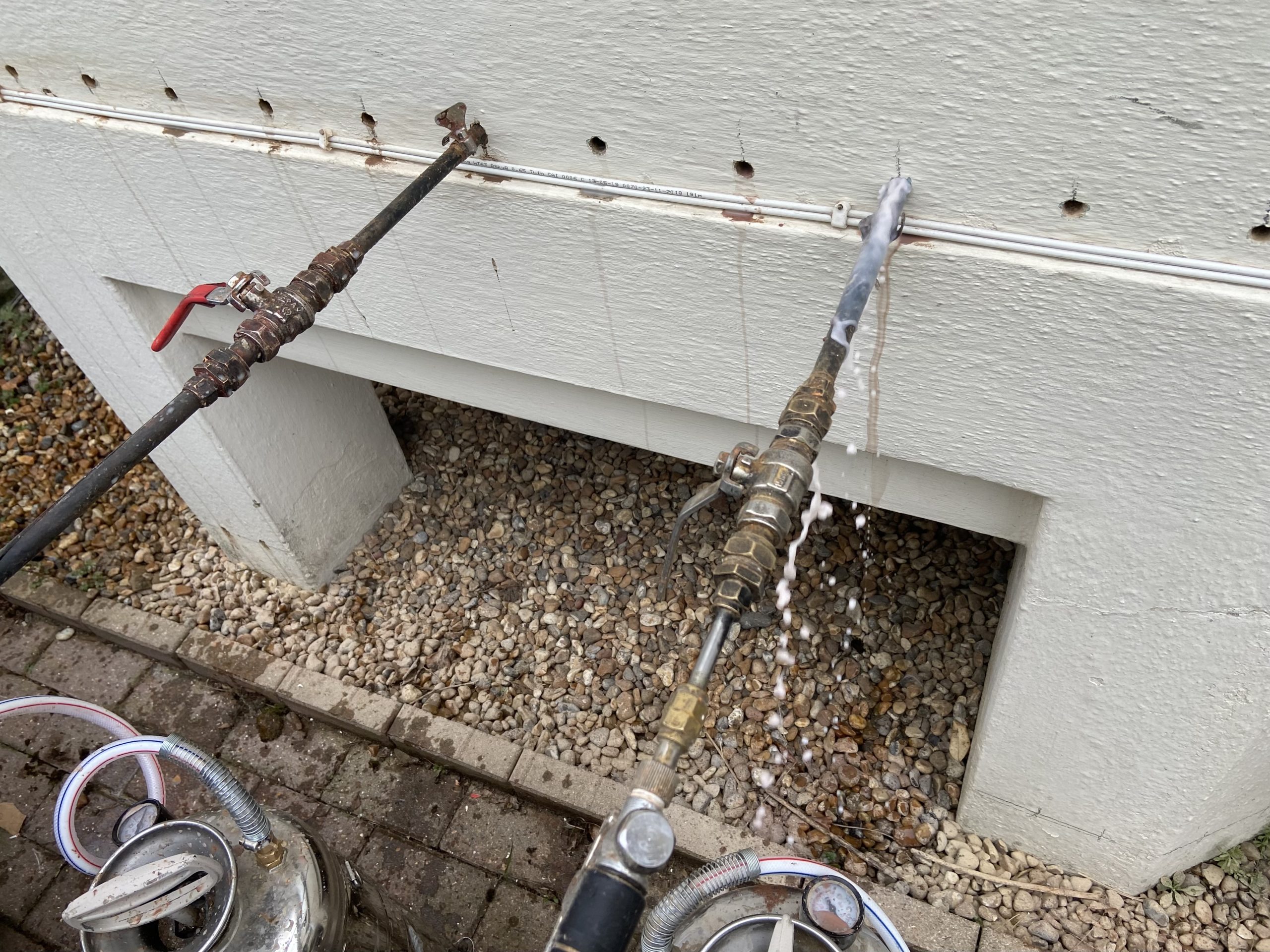Since 1991, Rochester Building and Damp have been protecting homes across Chatham, Strood, Gillingham, Maidstone, and all of Kent with our highly economical chemical injection DPC – the budget-friendly way to stop rising damp without the mess ! 💰✨
🔎 Why Choose Chemical Injection DPC ?
✅ Cost-Effective & Budget-Friendly – A fraction of the cost of other damp-proofing methods ! 💷🏠
✅ No Mess, No Fuss – Can be done externally, so there’s no disruption inside your home! 🚫🛠️
✅ Quick & Efficient – Most jobs completed the same day with minimal hassle! ⏳⚡
✅ Long-Lasting Protection – We use a high-strength solvent-based fluid, guaranteed to last! 🔥💪
![]()
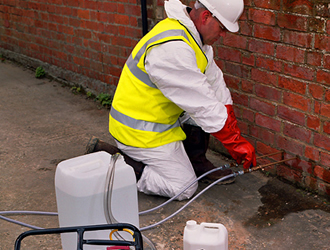
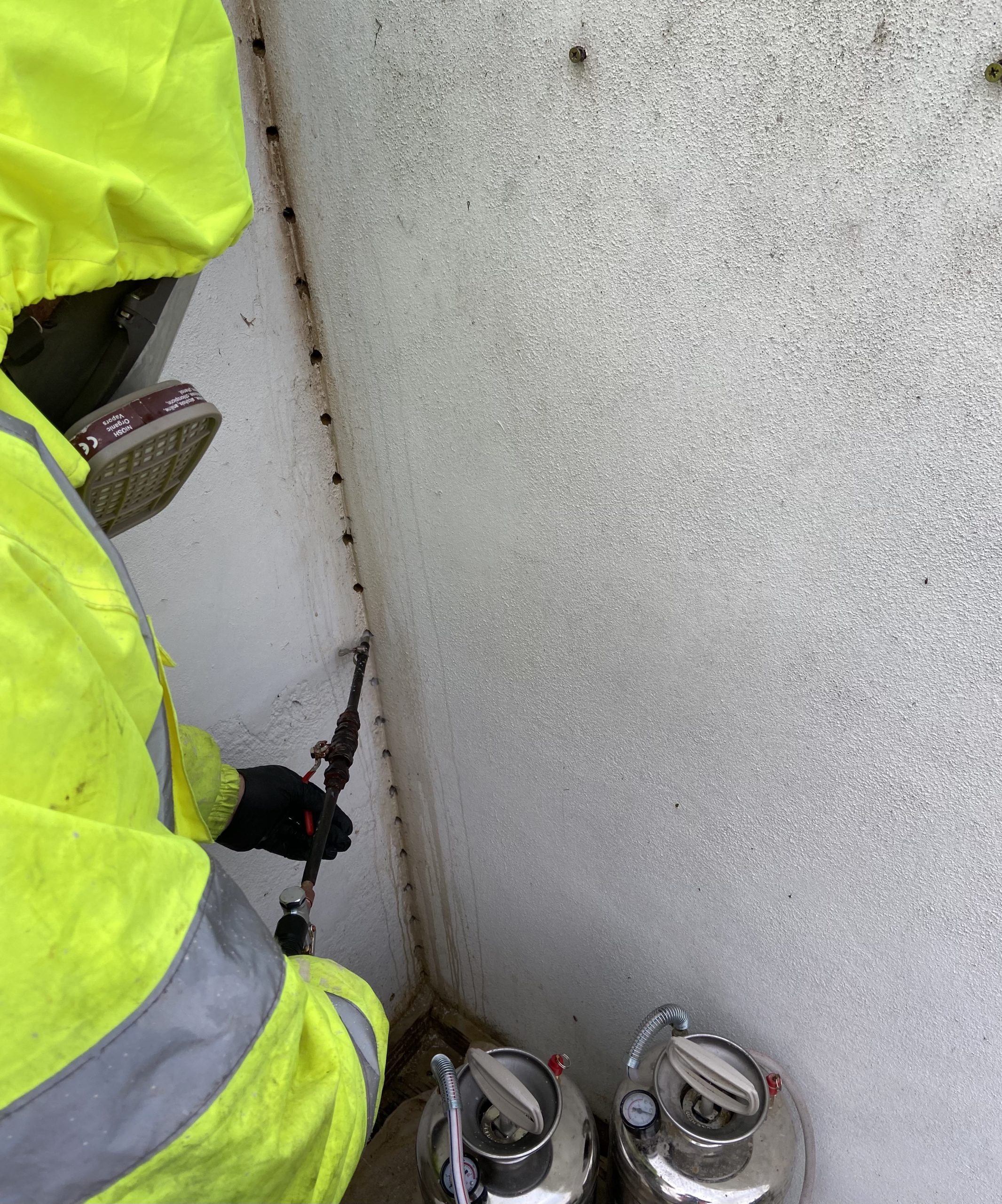
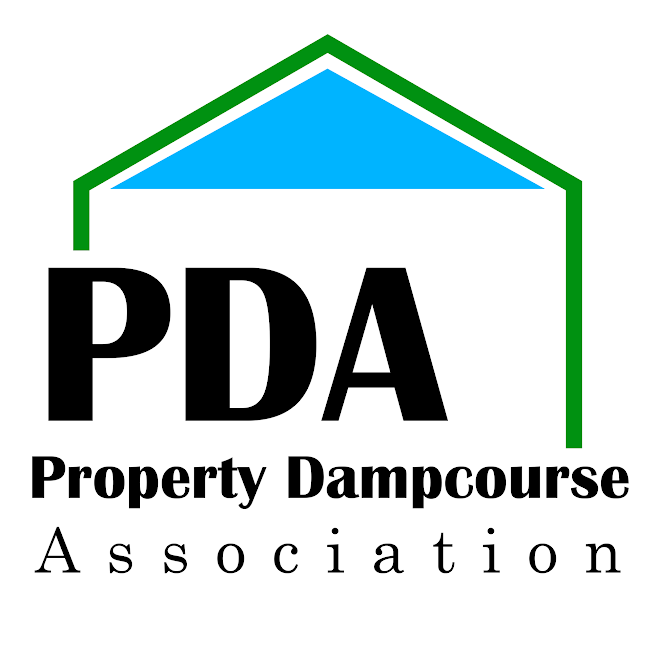
![]()
🔬 Chemical Injection Damp Proofing: A Game-Changer in the UK Damp Proofing Industry 🏡💦
Damp issues have plagued UK properties for centuries, leading to structural damage 🏚️, unsightly mould growth 🍄, and health hazards 🤧. Traditional methods of damp proofing, such as physical damp proof courses (DPCs) or external waterproofing, have been effective but often costly 💰 and disruptive 🚧. However, the advent of chemical injection damp proofing has revolutionised the industry, providing an efficient and minimally invasive solution to rising damp problems. ✅
🔍 What is Chemical Injection Damp Proofing ?
Chemical injection damp proofing is a modern technique used to combat rising damp in buildings. This method involves injecting a water-repellent 🛑💦 silicone-based or resin-based chemical into pre-drilled holes along the mortar joint of a wall. Once absorbed, the chemical forms a barrier that prevents moisture from rising through the capillaries of the masonry. 🏠💧
⚙️ How Does It Work ?
The process of chemical injection damp proofing typically involves the following steps:
-
📊 Assessment – A damp survey is conducted using moisture meters 📏 to determine the severity and extent of the damp problem.
-
🛠️ Drilling – Small holes are drilled 🕳️ at regular intervals (typically 100-150mm apart) along the affected wall, usually at the mortar joint just above ground level.
-
💉 Injection – A chemical damp proofing cream, gel, or liquid is injected into the holes using a low-pressure system. The formula spreads through the masonry, creating a hydrophobic layer that prevents further moisture ingress.
-
⏳ Curing – The chemical reacts with the masonry over time, solidifying into a long-lasting water-repellent barrier. 🚫💧

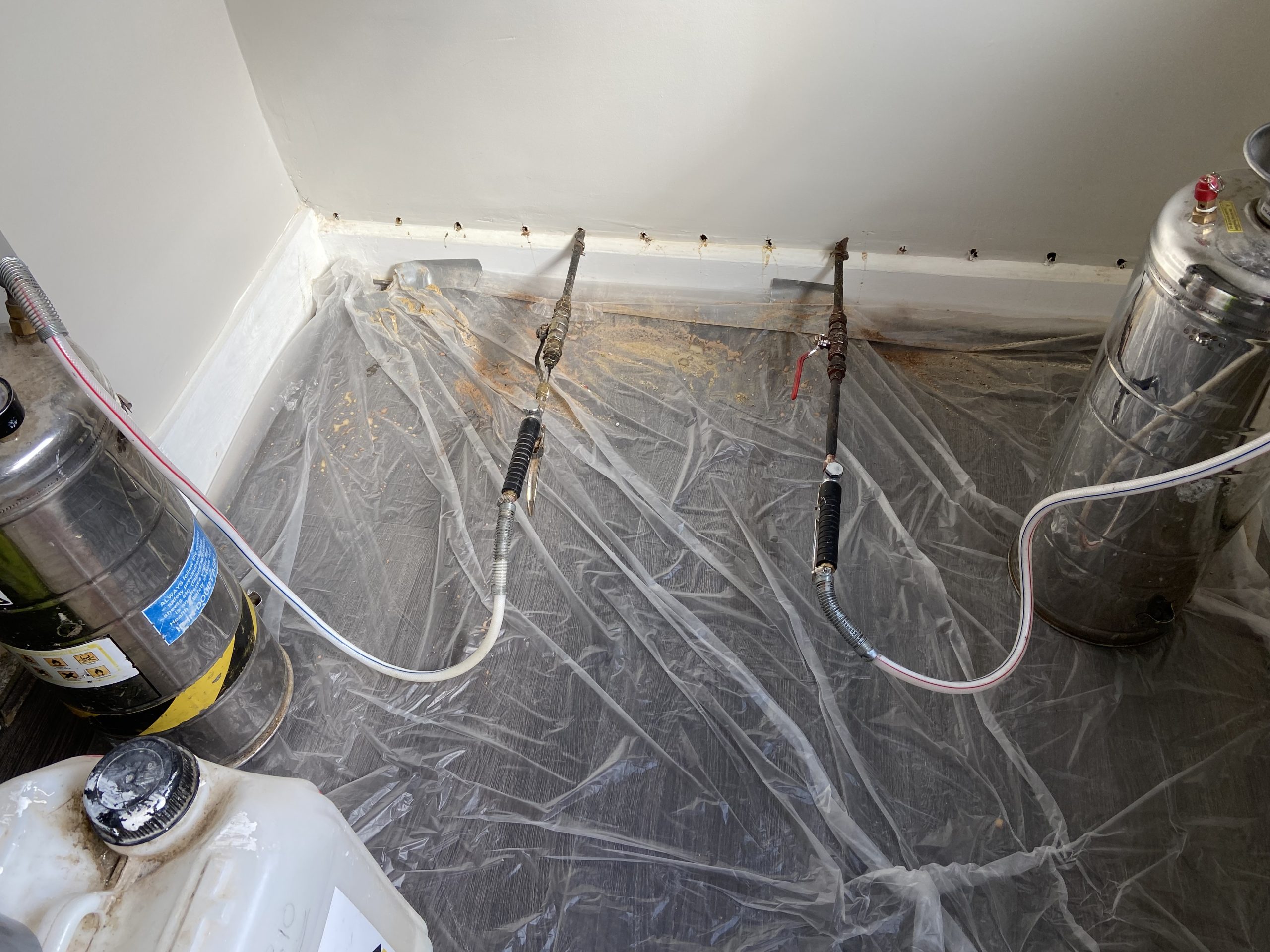

🌟 Benefits of Chemical Injection Damp Proofing
The widespread adoption of chemical injection damp proofing in the UK has been driven by several key advantages:
-
💰 Cost-Effective: Compared to traditional damp proof course replacement, this method is significantly more affordable, making it accessible to a broader range of property owners.
-
🚪 Minimal Disruption: Unlike physical damp proofing solutions that require extensive excavation or wall reconstruction, chemical injection is a non-invasive process that can be completed with minimal mess.
-
🛡️ Long-Lasting Protection: High-quality chemical injections provide a durable moisture barrier that can last for decades when applied correctly. 🏗️
-
🌱 Environmentally Friendly: Many modern damp proofing chemicals are solvent-free and designed to be eco-friendly while maintaining high effectiveness. ♻️
-
🏠 Versatile Application: Suitable for a wide range of building materials, including brick, stone, and concrete, making it a viable solution for various property types. 🔨
🚀 How Has It Transformed the UK Damp Proofing Industry ?
The introduction of chemical injection damp proofing has had a profound impact on the UK damp proofing industry. Here’s how:
-
📈 Increased Accessibility: The affordability and ease of application have allowed more homeowners and landlords to address damp problems without extensive financial strain.
-
🧪 Advancements in Product Formulations: Over the years, chemical manufacturers have developed improved damp proofing solutions with enhanced penetration, faster curing times, and greater effectiveness, boosting consumer confidence in the method.
-
👷 Growth of Professional Services: The demand for chemical injection damp proofing has led to an increase in specialised damp proofing companies offering professional installation services, raising industry standards. 🔝
-
🏛️ Reduced Structural Damage: The ability to install a DPC without removing large sections of brickwork has helped preserve the integrity of older and heritage properties, which are abundant across the UK. 🇬🇧
-
🏢 Wider Adoption in Commercial and Residential Sectors: From small terraced houses 🏠 to large commercial properties 🏢, chemical injection damp proofing has become the go-to solution for dealing with rising damp efficiently. ✅
🏠💧What is Rising Damp💧🏠
Rising damp, which is usually up to 1 meter above skirting height, often includes the appearance of white salt deposits. It is important to recognise that these issues are also common in other types of dampness, including cold bridging, lateral penetrating damp, surface condensation, and interstitial condensation. It is suggested that capillary action can only elevate moisture to about a meter above its source, depending on the material composition, salt presence, and evaporation rate. Therefore, dampness beyond this height is likely caused by other factors.
Dampness levels can be assessed using electrical resistance meters, either on the surface or within the building’s structure. Typically, if the reading indicates dryness, the material is dry. However, since electrical resistance meters were originally designed for timber, a high reading does not necessarily confirm dampness, as substances like soluble salts can produce similar results. In older structures, salts may persist even in the absence of dampness.
Carbide meters generally provide a more precise measurement of moisture levels. Greater accuracy can be achieved by extracting building fabric samples and testing their hygroscopic moisture content, which may necessitate consulting a specialist.
Additional details on diagnostic methods, damp causes, and solutions can be found in BRE Digest 245, Rising Damp in Walls – Diagnosis and Treatment.
Rising damp is often linked to defects in, or the absence of, a damp-proof course (DPC). Contributing factors may include:
-
The inherent moisture content of the building materials.
-
Elevated groundwater levels.
-
Increased ground levels adjacent to the structure.
-
Leaks in plumbing or guttering systems.
-
Flood incidents.
-
The presence of salts within the building fabric.
-
Salt crystallization on surfaces, reducing evaporation rates.
-
Internal humidity or low indoor temperatures slowing evaporation.
The extent of rising damp is influenced by:
-
Temperature variations within the walls, with the coldest zones typically near ground level.
-
The rate at which moisture evaporates from the wall surface.
-
The wall’s porosity.
-
The salt concentration in both the wall and surrounding soil.
-
The building’s heating conditions.
Addressing any direct sources of moisture is crucial before treating rising damp. This may involve repairing leaks, modifying ground levels, installing drainage systems, and similar measures.
Treatment for rising damp involves establishing a moisture-resistant barrier within the building structure. This can be achieved by drilling and injecting a solvent based barrier (chemical DPC) or retrospectively installing a physical damp proof course. Restoration efforts can often include repairing corroded or deteriorated structural components, as well as removing and replacing plaster up to a height of 1.2 meters. Since this process requires removing skirting boards, electrical sockets, and similar elements, it can be quite disruptive. However, in many instances the external installation of chemical DPC alone, is enough to rectify the damp issue.
-
🏁 Conclusion
Chemical injection damp proofing has revolutionised the damp proofing industry in the UK by providing a cost-effective, efficient, and minimally invasive method to combat rising damp. Its growing popularity and continuous advancements in formulation ensure that this technique remains a staple in modern damp proofing practices.
For homeowners, landlords, and commercial property owners alike, chemical injection represents a smart investment in the longevity and structural health of their buildings. 🏡🔒
With over 30 years of experience, we provide expert solutions backed by a 20-Year Guarantee Certificate, giving you peace of mind whether you’re buying or selling.
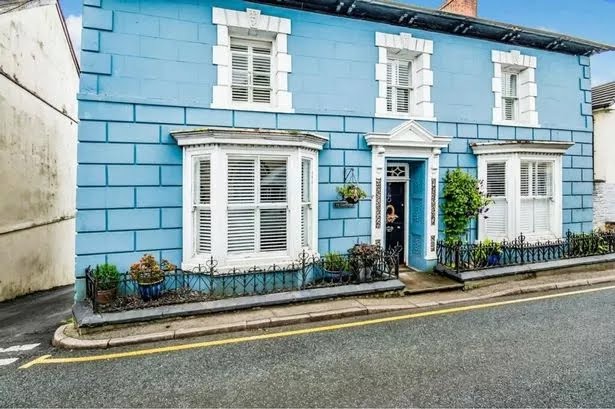
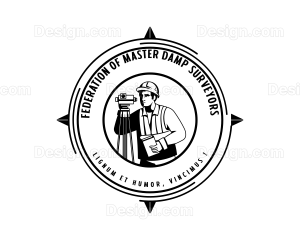
📍 Serving Chatham, Strood, Gillingham, Maidstone & all of Kent ! Don’t let damp become a costly problem – call Rochester Building and Damp today for a FREE quote ! 📞📩

